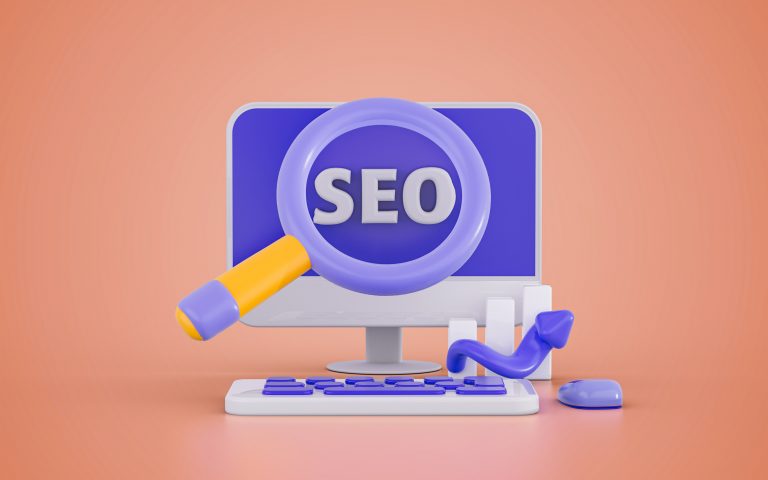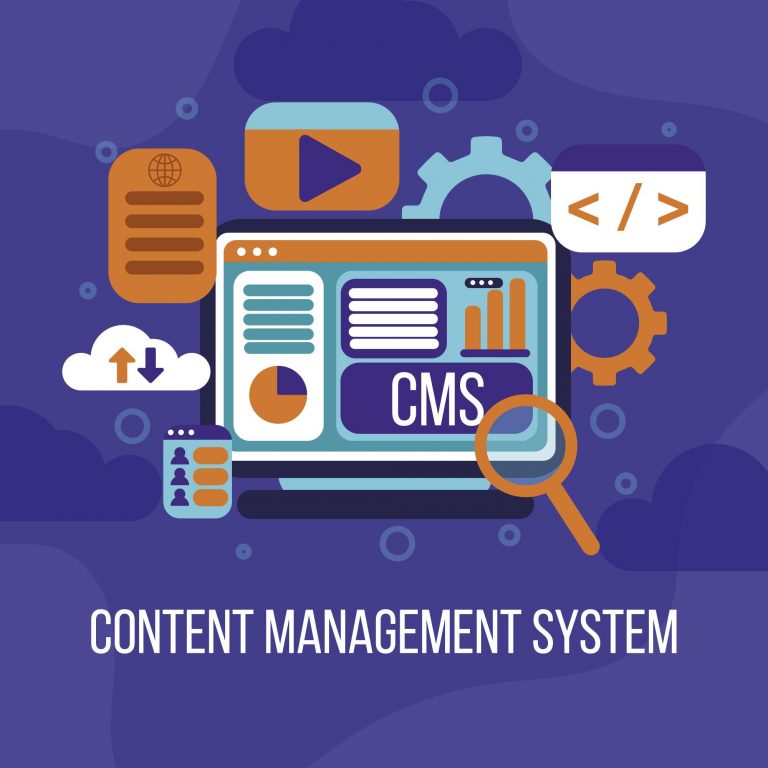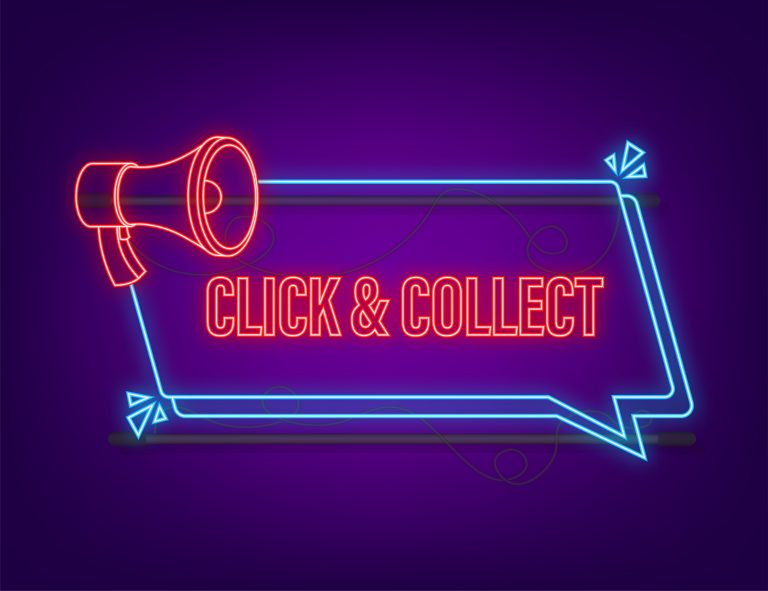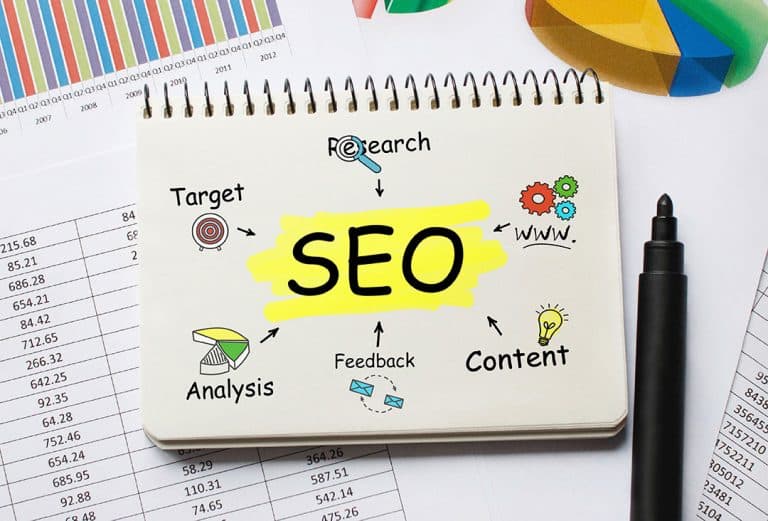When users search on Google, the first things they find after their query is completed are the title and meta description tag. This data is very important because it has a direct influence on whether or not users will visit your page. Moreover, the title and meta-description tags are part of the parameters taken into account by Google’s algorithm to reference a page. All the more reason to be very concerned about them!
It is therefore essential to know the rules to optimize these tags and of course to apply them. It is just as essential to know the pitfalls in order to avoid any error leading to the penalization of your web page.
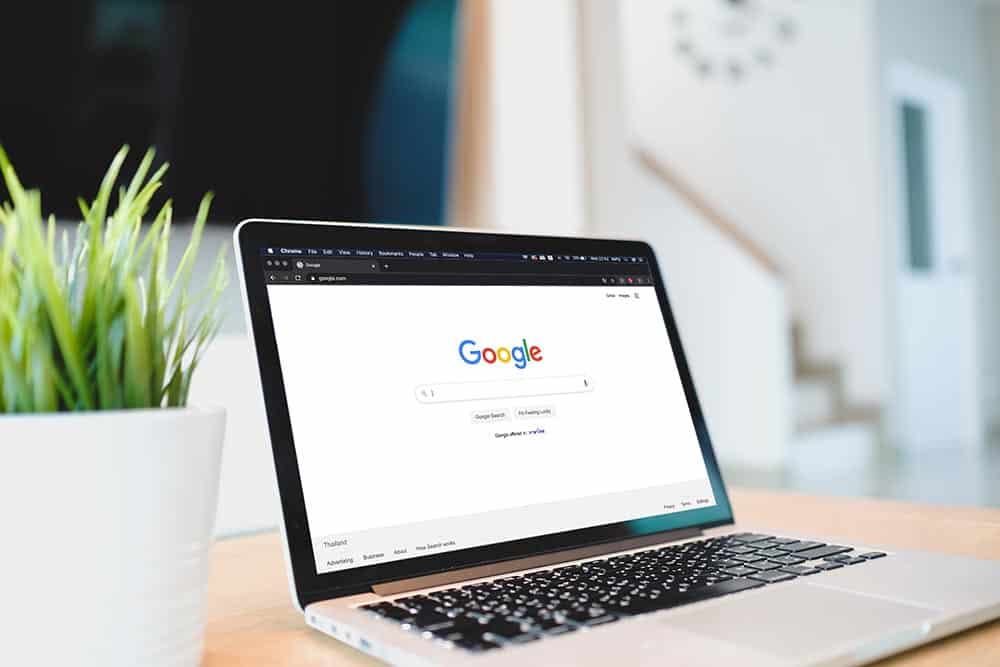
How to optimize your Title tag?
The first thing to remember about the Title tag is its dual role in the positioning of your pages. It must meet the requirements of Google robots and must also meet the expectations of users during a request.
Google Relevance
In order to effectively optimize your Title tags, it is imperative to obey the rules of Google robots. They will indeed allow them to better understand your pages and implicitly the query on which you want to position yourself. Here are some rules:
Include the keyword for which you want to be positioned in the Title tag of your pages,
Place the key expression at the beginning of the Title tag if possible,
Work on the lexical field of the topic addressed in the content of the page,
Avoid repeating the query repeatedly, as this may lead to over-optimization,
Avoid using a similar title for another page of the site,
Favour a good syntax over a list of keywords
Make sure your Title tag is no longer than 60 characters. Beyond this limit, your tag may be cut off and you may lose relevance in the eyes of robots and especially not be displayed entirely to Internet users.
User experience
Meeting Google’s expectations is one thing, meeting the expectations of Internet users is another. Your page may be positioned at the top of the rankings, but when your Title tag does not appeal to users, it’s a lost cause for your click-through rate!
Therefore, here are the tips that will certainly help you understand the expectations of users to optimize the content of your tag:
First of all, put yourself in the place of the user who makes a request. Identify their real needs regarding their request.
You can’t really move forward without really knowing and understanding the needs and expectations of Internet users when they perform a search. Once this step has been taken, you must present the answers in a clear, clean and, above all, attractive manner. You must proceed as follows:
Highlight the main idea related to the query,
Bring your Title tags to life with punctuation,
Feel free to insert commercial data. For example, for a request such as “cheap backpack”, think about adding catchy data such as discounts up to – 50%. This type of information could really attract Internet users and encourage them to visit your page.
How to optimize your meta description?
The optimization of the meta description is just as essential, because although it is no longer part of Google’s SEO criteria, it is still important, especially to seduce Internet users.
Indeed, it allows you to give a brief overview and summary of the content of your page to users and it is often based on their relevance to the subject matter in the Title that users decide whether or not to view the page in question.
Hence the need to follow the rules for optimizing the meta description tag.
User experience
The meta description is longer than the Title tag. It therefore allows you to make a logical continuation and to enter more or more details to complete the content of your Title.
Thus, take the opportunity to enrich and strengthen your arguments. And above all, always remember what the user is looking for in order to have a relevant meta description.
Regarding the length of the meta description tag, it should not exceed 150 characters at the risk of being cut by three suspension points. This will certainly not look good in Google’s eyes.
Other tips to optimize your title and meta description tag
First of all, in order to choose the keywords to insert in your tags and in your pages, an audit is essential. Here is what you need to do to get better results:
Perform related searches using Google’s keyword generator, Analyze the sites well positioned in the SERPs, especially the first 2 sites, Use semantic tools such as UberSuggest to immerse yourself in the lexical field, Feel free to brainstorm with others for more ideas. Finally, think about using powerful SEO tools to have a better understanding of the request, because it often happens that we don’t have the same vision as the Internet users!


